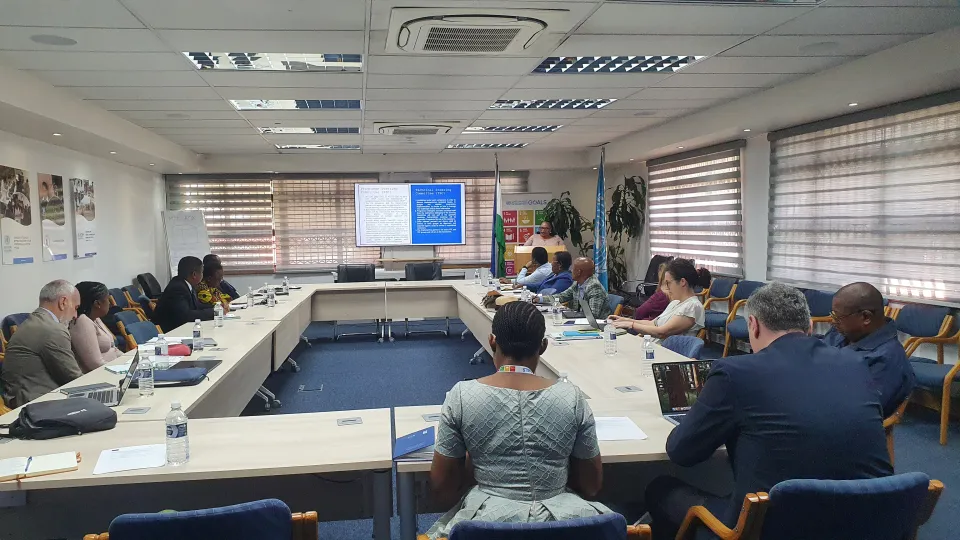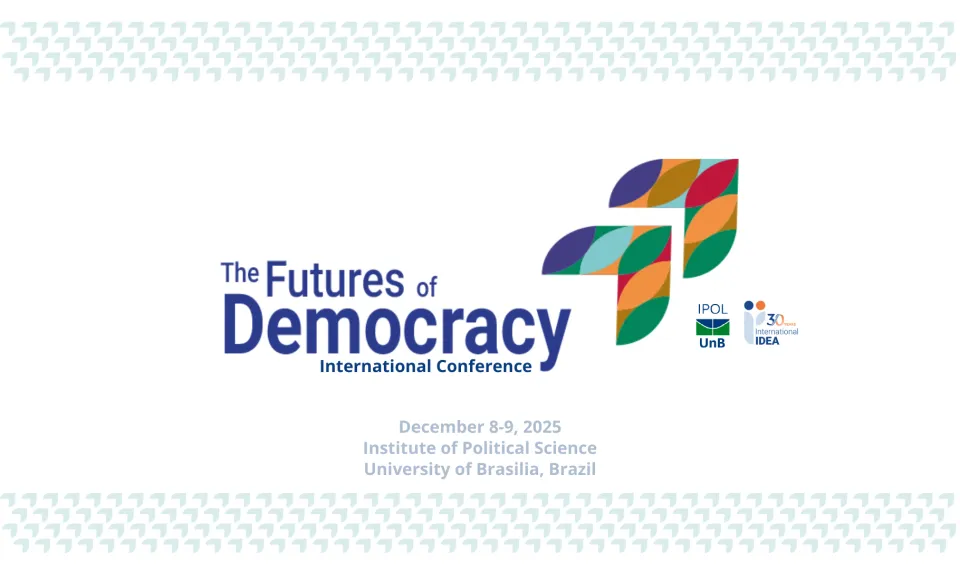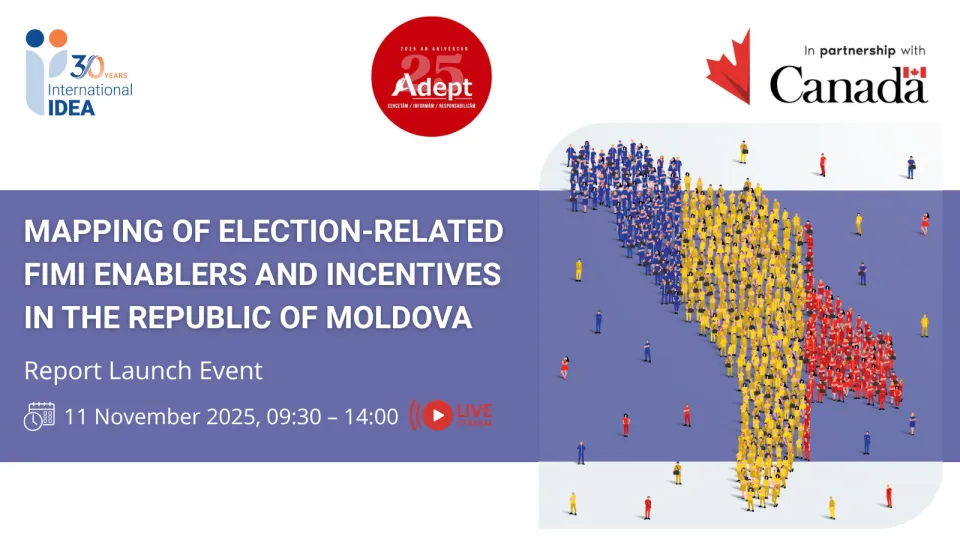
The idea that electoral management bodies (EMBs) should conduct regular risk assessments has become increasingly popular and the demand for International IDEA’s Electoral Risk Management Tool has exploded in recent years.
No matter if you are in Libya, where threats of violence and terrorism are the main risks, or Australia where sudden bushfires could pose potential problems to the electoral process, there are great benefits to assessing the risks and preparing for possible scenarios.According to Gabrielle Bardall, elections consultant and PhD candidate at the University of Montreal, we need to take a new look at how we define election risk.
“Any situation that jeopardizes the integrity of an electoral process is an electoral risk, including situations that threaten, limit or otherwise undermine women’s participation as voters, candidates and in other electoral roles” she says.
“Electoral integrity is founded on the equal right to participate, but in most parts of the world, there is a failure of electoral integrity regarding women’s participation. This is a major risk for [electoral management bodies].”
Bardall suggests that adapted risk assessment can help countries become more equal and should consider the different risks facing men and women, in several ways. The key areas where EMBs and other stakeholders can identify specific risks facing women are voter registration, turnout and participation in political parties as well as the important area of gender-specific election violence.
For example, when talking about women’s registration and turnout, few EMBs today disaggregate their data, even though it is very simple, Bardall says.
“It’s just about ticking a box. Documenting the problem is the first step in addressing it.”
Once collected, it’s important to analyse it appropriately. National data isn’t always helpful here and should be broken down to regional and district levels and cross-referenced with other factors such as age and ethnicity to get the real picture.
“We know that women are not registering, turning out or running for elections in the same numbers as men in many parts of the world,” she says. “But once you see a pattern you can look at the underlying causes and mitigate this electoral risk.”
When thinking of election-related violence, people often think of assassinations, violent street protests, murders, bombs. Although women are concerned by this type of violence, Bardall’s research with gender-sensitive election violence datashows that women often experience other types of violence such as threats, intimidation and character assassinations.
These distinctions are important to document and recognize in EMBs’ electoral risk assessments in order to address the violence against women in the democratic process and mitigate risk.
Bardall’s research shows that women are also at risk of domestic violence and sexual forms of violence in relation to their electoral participation. One common form of violence women face is male relatives who seek to coerce the political choices of their wives, daughters or female relatives or punish them for voting their independent choices. Because this violence is often seen as domestic violence it is not always recognized as election-related violence.
“It is a reality that we have not deeply explored yet. We need to understand these gender-specific issues as significant electoral risks.”
While the violence facing men is often recorded in official records, such as hospital and police reports, the violence facing women is often undocumented and discovered through interviews and community contacts.
“This type of information is frequently collected by local civic groups rather than EMBs. EMBs benefit from forming partnerships with these groups to improve their understanding of electoral risks.”
If collected and analysed, this data can allow EMBs to work more actively to ensure a safe and inclusive electoral process for all voters, candidates and other electoral stakeholders. The tools are there and in many cases some data might also already exist. It is just a matter for EMBs and other stakeholders in the electoral process to recognize these issues as forms of electoral risk that must be addressed to ensure the integrity of electoral processes.



